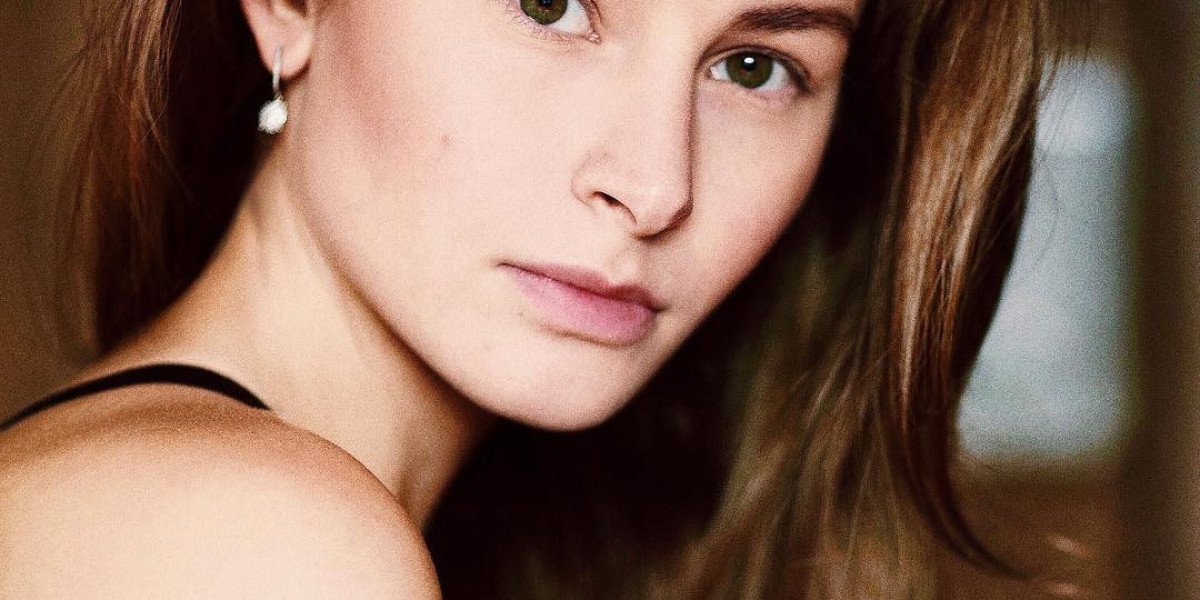In recent years, villa design has undergone a remarkable transformation. Once characterized by opulence for its own sake, the modern villa now blends aesthetics, comfort, and sustainability into a seamless whole. Whether nestled on a coastal cliff, surrounded by desert dunes, or situated in suburban tranquility, today’s villa represents more than just a home—it’s a lifestyle statement.
The Evolution of Villa Architecture
The concept of the villa dates back to Roman times when wealthy citizens built countryside retreats to escape urban chaos. Over the centuries, villa architecture has evolved through Renaissance grandeur, Mediterranean romance, and minimalist modernism. Today’s villas are no longer confined to a singular style—they reflect a fusion of cultural influences, technological advancements, and environmental awareness.
Modern villa design respects historical roots while embracing contemporary needs. Traditional materials like stone and wood are reimagined alongside glass façades, open floor plans, and smart technology integration.
Key Elements of Contemporary Villa Design
Modern villas are defined by several core design principles:
a. Open-Concept Living
Open-plan layouts create fluid transitions between living, dining, and kitchen areas. High ceilings and expansive windows enhance the sense of space, blurring boundaries between indoors and outdoors. This promotes family interaction, social gatherings, and a sense of freedom that rigid, compartmentalized spaces often lack.
b. Seamless Indoor-Outdoor Integration
A hallmark of villa design is its close relationship with nature. Large sliding glass doors, internal courtyards, rooftop gardens, and terraces extend the living space beyond walls. Swimming pools, outdoor kitchens, and shaded lounge areas further connect the villa to its natural surroundings.
c. Natural Light and Ventilation
Thoughtful orientation and window placement optimize sunlight and airflow, reducing reliance on artificial lighting and air conditioning. Skylights, clerestory windows, and breezeways are commonly used to ensure ventilation and illumination throughout the day.
Sustainable and Smart Features
Sustainability has become a major consideration in villa design. Homeowners and architects now seek to reduce environmental impact without compromising on luxury or comfort.
a. Green Building Materials
Eco-friendly materials such as bamboo, recycled wood, low-VOC paints, and stone are popular choices. These materials are not only sustainable but also bring a sense of warmth and authenticity to the design.
b. Energy Efficiency
Solar panels, rainwater harvesting systems, and geothermal heating solutions are frequently integrated into new villa designs. Double-glazed windows, high-performance insulation, and smart thermostats help reduce energy consumption.
c. Home Automation
Smart home systems control lighting, security, entertainment, and climate through voice or app-based commands. These systems enhance comfort, security, and energy efficiency, aligning perfectly with the modern villa's tech-savvy identity.
Interior Design and Personalization
No two villas are alike—each reflects the personality and lifestyle of its owner. Interior design plays a crucial role in setting the tone, whether that’s minimalist, bohemian, industrial, or classically elegant.
a. Color Palettes and Materials
Neutral tones dominate modern interiors—think whites, beiges, greys, and earthy shades—often accented with bold artwork, textiles, or feature walls. Natural materials like wood, marble, and leather add texture and richness.
b. Custom Furnishings
Built-in furniture solutions optimize space usage and create a bespoke feel. Modular sofas, extendable dining tables, and multifunctional furniture enhance practicality while maintaining aesthetics.
c. Art and Decor
Art collections, sculptures, and cultural artifacts personalize the space. In some designs, local craftsmanship is celebrated through handmade tiles, tapestries, or carved woodwork, adding character and uniqueness.
Landscape and Exterior Design
The surrounding landscape is an extension of the villa design in dubai and contributes significantly to its overall appeal. Landscape architecture considers climate, terrain, and vegetation to create beautiful yet functional outdoor spaces.
a. Garden Layouts
Whether it’s a Zen-inspired courtyard or a Mediterranean-style garden, outdoor greenery is carefully curated. Plants are selected not just for beauty, but also for drought resistance, shade provision, and ease of maintenance.
b. Water Features
Infinity pools, koi ponds, or cascading fountains introduce serenity and luxury. These features also help regulate microclimates and enhance the ambiance with sound and movement.
c. Outdoor Lighting
Strategic lighting transforms the villa’s exterior after dark. Path lights, uplights for trees, and underwater pool lighting enhance safety while showcasing the architecture’s best features.
Popular Villa Design Styles
While individual preferences vary, several design styles dominate the modern villa landscape:
Minimalist Villas: Emphasize simplicity, clean lines, and uncluttered spaces.
Mediterranean Villas: Use stucco walls, terracotta roofs, and lush gardens.
Contemporary Tropical Villas: Feature open-air layouts and sustainable materials ideal for warm climates.
Industrial Modern Villas: Highlight exposed steel, concrete, and reclaimed materials.
Each of these styles can be adapted to local environments and lifestyles, offering both functionality and aesthetic satisfaction.
The Future of Villa Design
As environmental concerns grow and lifestyles continue to evolve, future villa designs will likely focus more on modular construction, off-grid capabilities, and immersive digital experiences. Biophilic design principles—those that strengthen our connection to nature—are also expected to gain more prominence, emphasizing health and wellness.
Additionally, multi-generational living and flexible home-office spaces are becoming increasingly relevant in post-pandemic architectural trends.
Conclusion
Villa design today is a harmonious balance of form, function, and philosophy. It merges timeless elegance with modern innovation, creating living spaces that are luxurious yet grounded, private yet connected to nature. Whether you are building a new villa or renovating an old one, the goal remains the same: to create a sanctuary that reflects your lifestyle while embracing sustainability, technology, and artistry.
For more and latest articles click here.
 AdBlock Detectado
AdBlock Detectado








